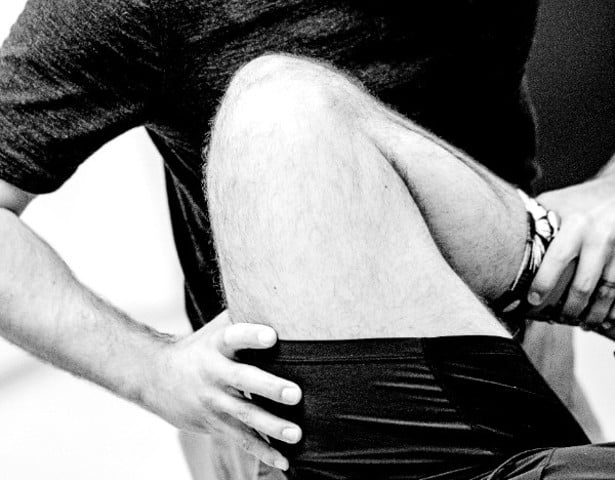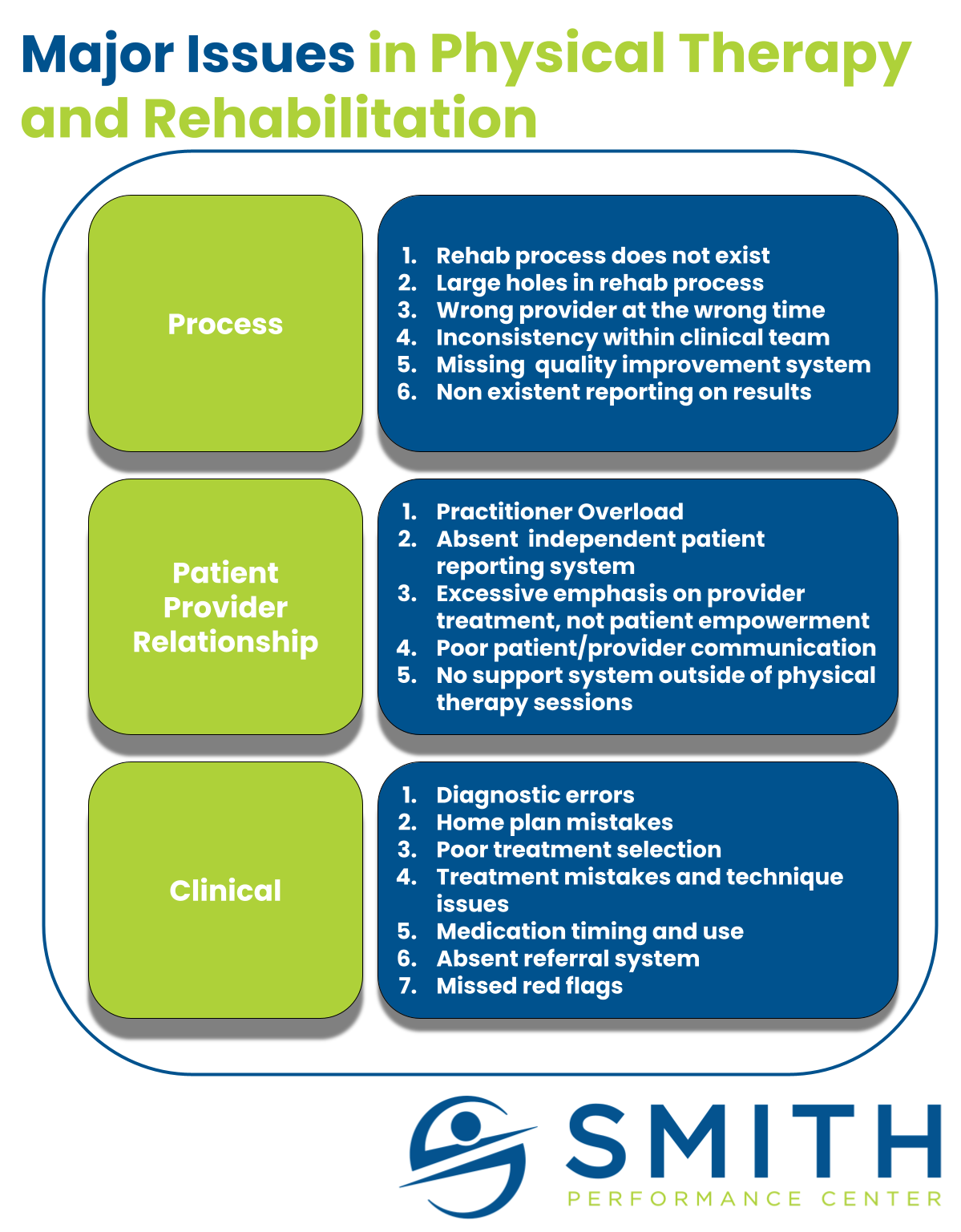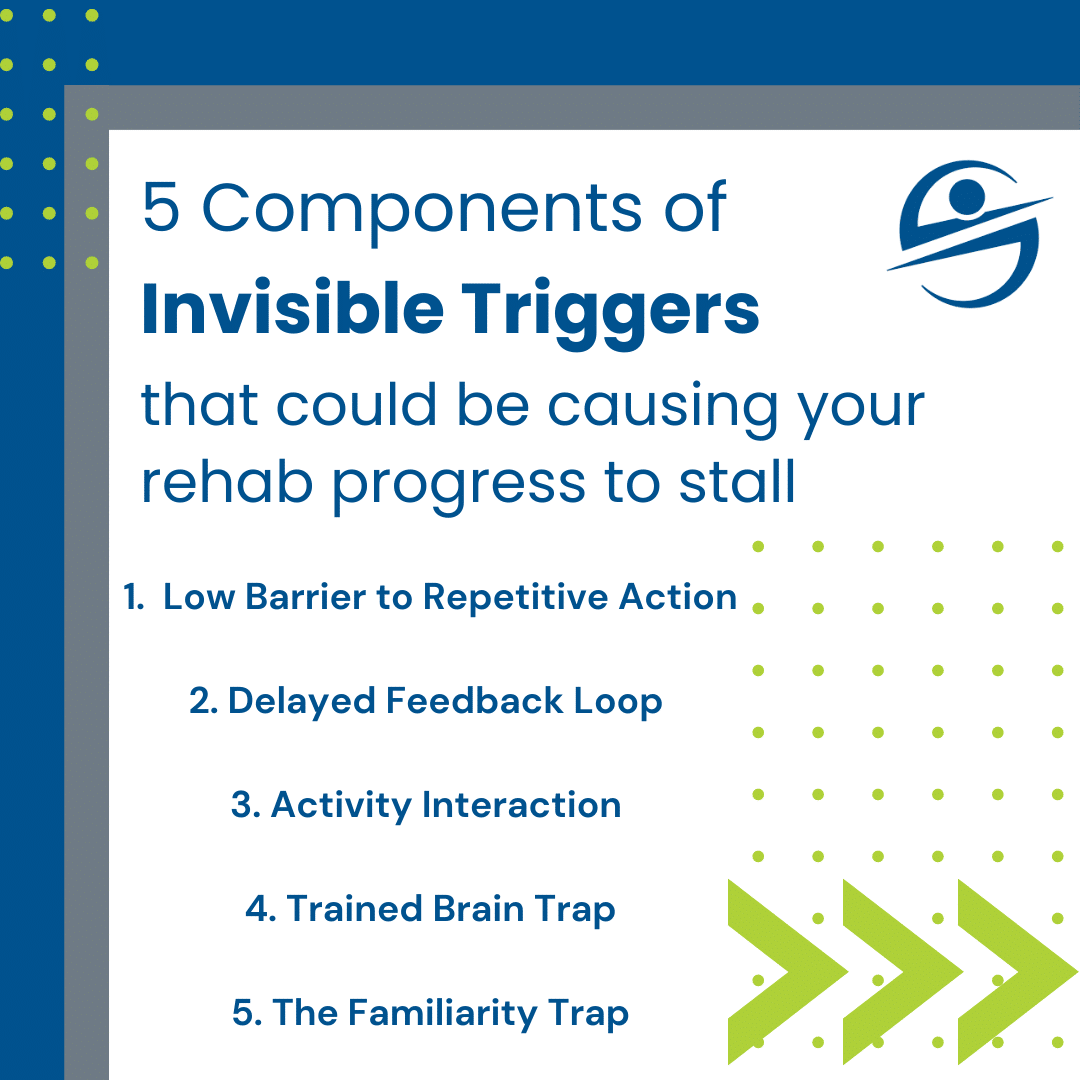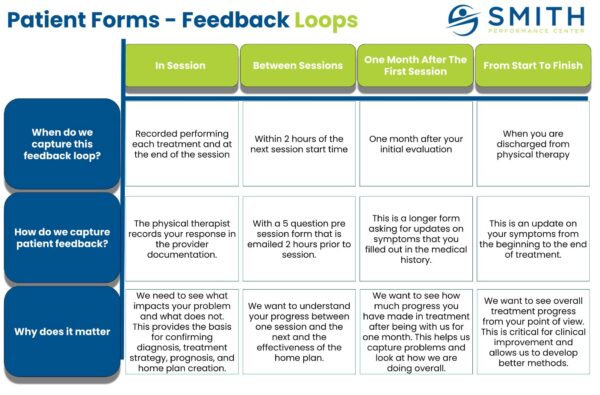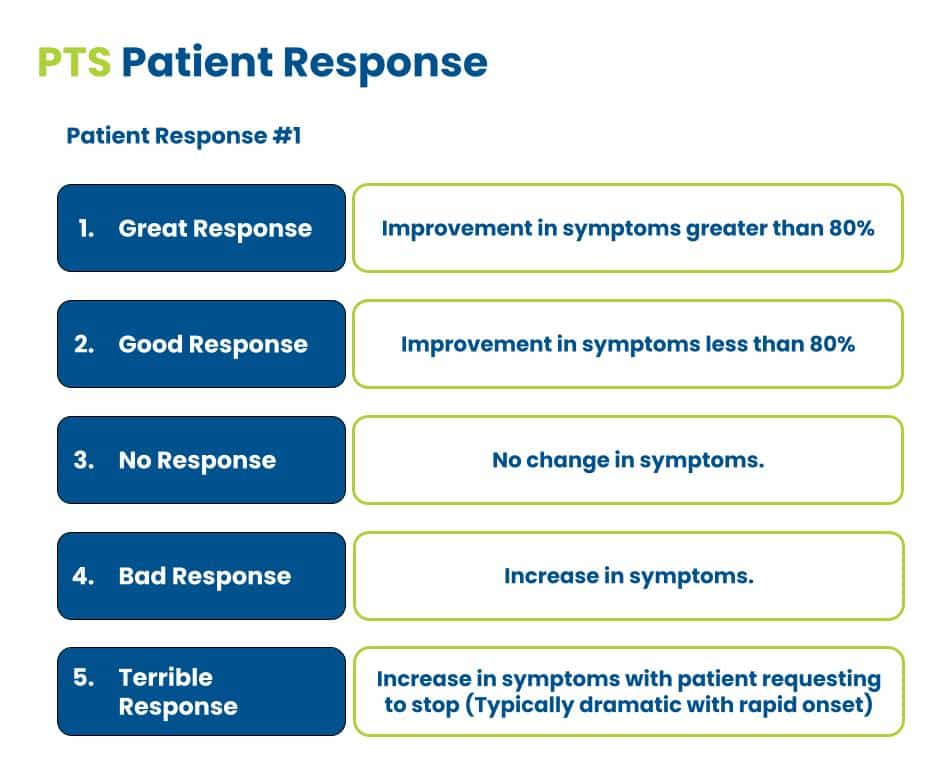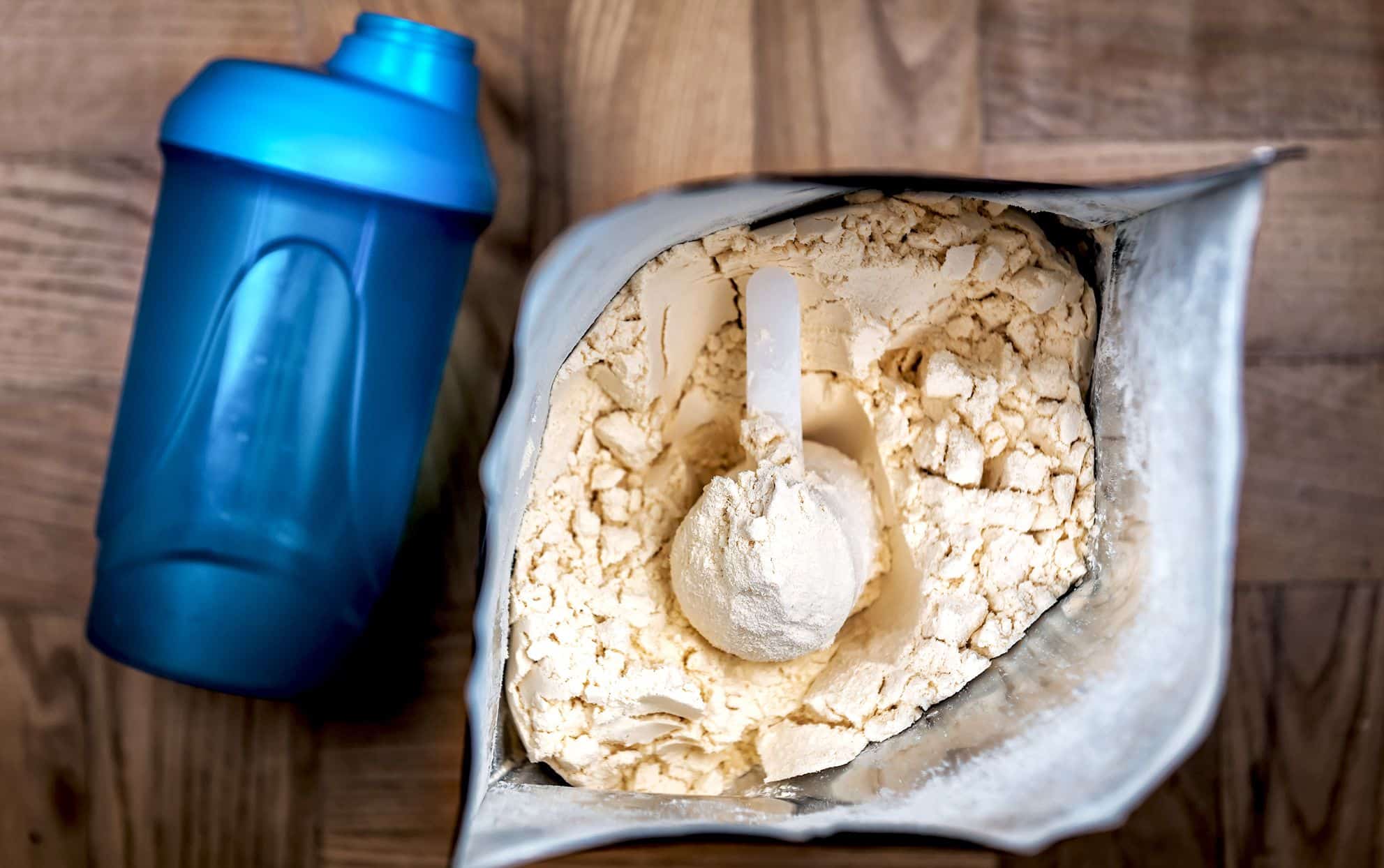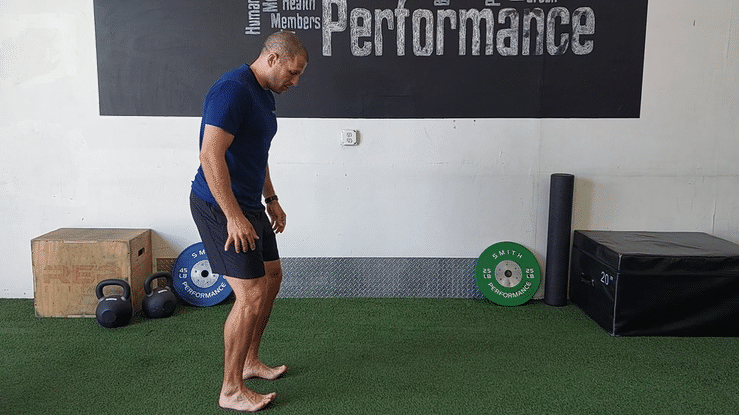
7 Key Reasons Why the Home Plan Is Vital for Success in Physical Therapy
The significance of the home plan often gets overshadowed by in-session treatment. At Smith Performance Center, our physical therapy sessions are one hour per week with your therapist. You are responsible for the other 167 hours. Due to this, the home plan is a vital component of your physical therapy journey, capable of either propelling your progress or impeding it. It’s not uncommon for our team to encounter new clients who’ve stuck to the same ineffective home plan for years, making errors like stretching an irritated nerve, overloading painful joints, or handling an extensive plan that goes largely undone. These missteps tend to patients undervaluing the home plan. However, the home plan stands as a linchpin for your success. We want to explain the 7 key reasons why the home plan is vital for success in physical therapy. Ensuring We Target the Right Problem There are instances where immediate relief


